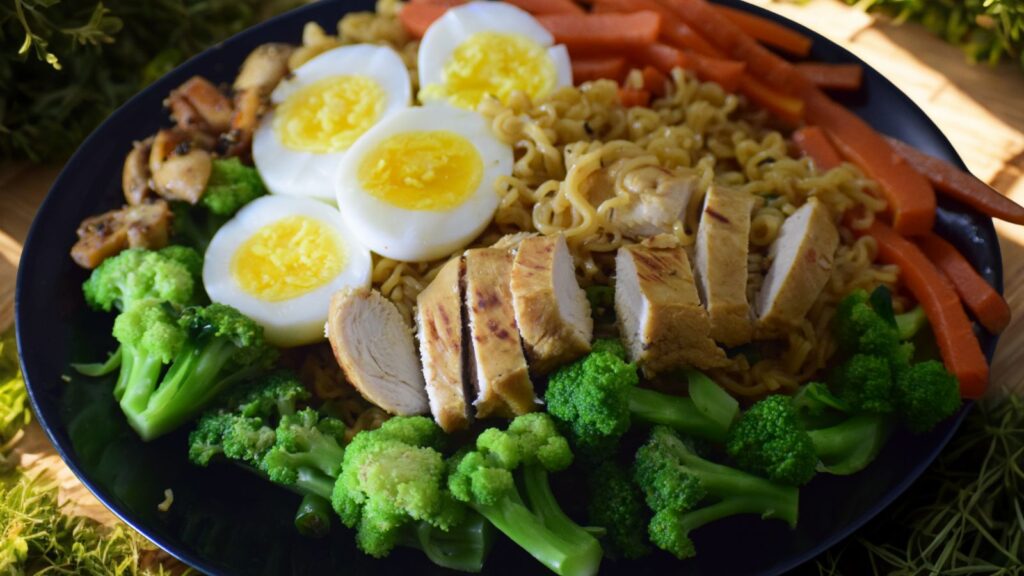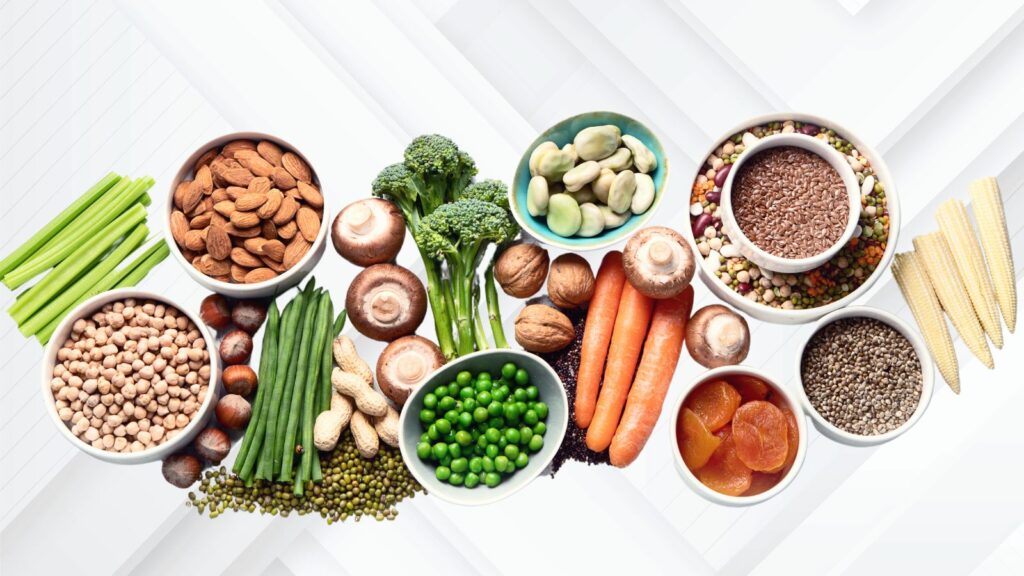If you want to drop fat and build solid muscles, a high-protein diet might be just what you need. This way of intake focuses on foods that help you stay full, burn fat, and grow lean muscle. It’s simple to follow and works well for many people.
Let’s take a closer look at what a high-protein diet is, how it helps your body, and how you can get started today.

What Is a High-Protein Diet?
A high-protein diet means intake more foods that are rich in protein and less foods that are full of sugar or corrupt fats. Protein is a key nutrient that helps build your strengths, keeps you full for lengthier, and ropes fat burning. When you eat enough protein, your body has the tools it needs to grow solider and lose extra weight.
This type of diet is great for people who bodybuilding, want to feel more full in the day, or need help supervisory cravings.
How It Helps with Fat Loss and Muscle Gain
A high-protein diet helps in two large ways. First, it helps you lose fat since protein takes lengthier to digest. That means you stay full lengthier and eat less snacks. Your body also uses more energy to break down protein, so you burn more calories just by intake it.
Second, it helps build muscle. When you workout, your muscles need protein to grow and repair. If you don’t get sufficient protein, your body can’t shape muscle correctly. So, if you want to gain forte and look more toned, protein is a necessity.
Animal-Based Protein Sources
There are a lot of tasty and strong animal-based protein choices. Chicken breast is one of the most general because it’s low in fat and in height in protein. Lean beef is also a decent choice if you want something a little richer in taste but still useful for structure muscle. Turkey is another lean meat that fits well into a high-protein diet.
Eggs are great for they’re easy to boil and full of significant nutrients. Fish like salmon and tuna are full of protein and strong fats, which are decent for your heart and muscles. Greek yogurt is a smooth, milky snack that’s rich in protein and also helps with ingestion. Cottage cheese is extra good choice, specially before time to retire, because it slowly issues protein while you sleep.
Plant-Based Protein Sources

If you are vegan or vegan, you can silent enjoy a high-protein diet with plant-based nutriments. Lentils are a great source of protein and can be extra to soups or salads. Chickpeas are tasty in plates like hummus or curry and are full of protein and fiber. Tofu and tempeh are made from soybeans and can be cooked in a lot of ways, from stir-fries to sandwiches.
Quinoa is a ounce that acts like a and works healthy in bowls and salads. Nuts and seeds, like almonds, peanuts, chia seeds, and sunflower seeds, are also full of protein and strong fats. Eating a change of these foods can give you all the protein your body protein needs.
Tips for Beginners
If you’re just early a high-protein diet, take it slow and stable. Start by addition a good protein source to each meal. A humble way is to contain eggs at breakfast, lean meat or beans at lunch, and fish or tofu at dinner. Try to snack on foods similar Greek yogurt, boiled eggs, or a protein shake in its place of chips or sweets.
Make sure to drink plenty of water since eating extra protein can mark your body need more fluids. It’s also useful to plan your mealtimes so you don’t end up grabbing harmful foods when you’re hungry.
Sample Daily Meal Plan
Here’s a humble model of what a high-protein day strength look like:
Breakfast:
Knotted eggs with spinach and a slice of whole-grain toast.
Lunch:
Grilled chicken breast with brown rice and mixed vegetables.
Snack:
Greek yogurt with a few almonds.
Dinner:
Baked salmon with sweet potato and steamed broccoli.
Optional Snack:
A small protein shake or cottage cheese before bed.
Common Mistakes to Avoid
A lot of people make small errors when they start a high-protein diet. One common error is intake too much meat but forgetting about vegetables and fiber. Your body still needs fruits, veggies, and whole grains to stay strong. Extra mistake is eating high-fat or cooked meats, which can hurt your development. Choose lean cuts and healthy cooking ways like grilling or baking.
Also, be careful not to skip water. Drinking plenty of water helps your body digest protein and keeps all working well. And don’t overlook variety—eating the same food every day can get boring, so try dissimilar protein sources to keep your meals fun and healthy.
Final Thoughts
A high-protein diet is a smart and powerful way to lose fat, gain muscle, and feel improved every day. It’s humble, filling, and great for someone who wants to increase their body and health.
By intake the right foods, staying active, and evading common errors, you can get real results. Start small, stay constant, and enjoy the journey.
For more helpful tips, meal plans, and fitness advice, visit FitnessMacros.com — your trusted guide to a stronger, healthier you!

nkwqoeeijzjhkfhulfhlqhwhwmqpsv